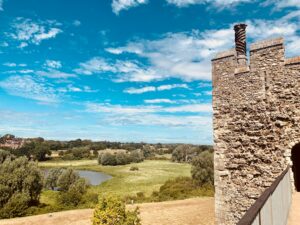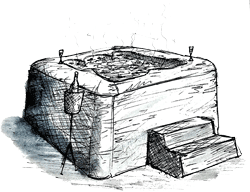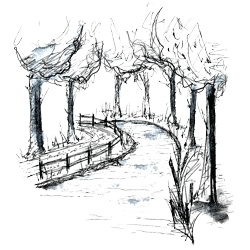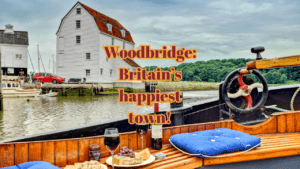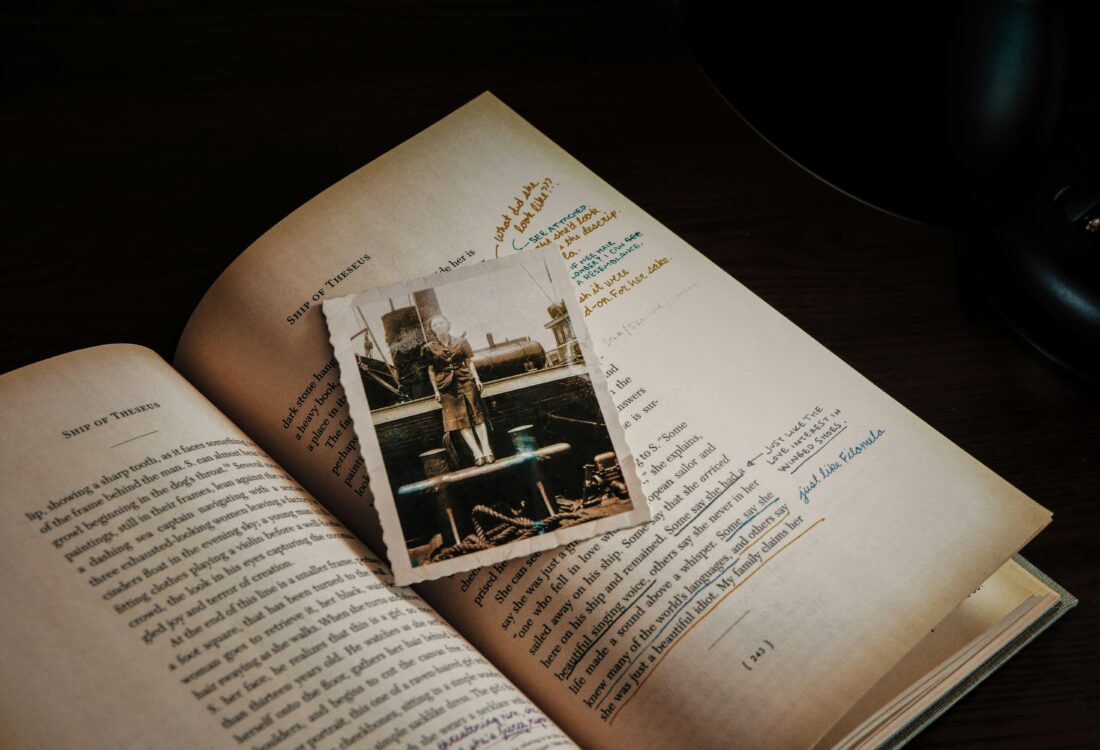
Suffolk’s Oldest Buildings: A Historical Tour
There’s no doubt that Suffolk is a county rich in history, with the county itself dating back to the 5th Century. Over that time, buildings have come and gone, but some have managed to survive the test of time, with some buildings within the county dating back to the 12th century. If you’re staying with us at Woodfarm Barns and Barges, why not take a historical tour around the historic buildings, and explore the rich history that Suffolk has to offer.
Lavenham
Whilst it is not one building, Lavenham is full of timber-framed Tudor buildings, dating 500 years, and is known for its historic buildings lining the main streets of the village. Back when these buildings were built, Lavenham, in the entire country, was the fourteenth wealthiest due to the mediaeval wool trade. One of the most notable buildings in Lavenham, the Guildhall, has taken on many roles, as it had previously been a workhouse and prison before the Guildhall was restored to house a restaurant for US airmen during the war, with it now being a National Trust site. Whilst Lavenham is not on the size scale of Hollywood, it has become a filming location, with the Guildhall portraying Harry Potter’s parents house in Harry Potter and the Deathly Hallows Part 1. Lavenham – a small village full of character and Tudor architecture, is perfect for a day out with cafes, pubs and many independent shops, so why not make a trip to Lavenham to explore all it has to offer.
Moyse’s Hall – Bury St Edmunds
For 900 years, Moyse’s Hall has stood over the marketplace of Bury St Edmunds, serving multiple functions over its duration, such as a workhouse and police station. Since 1899, Moyse’s Hall has served as a museum, offering documents and artefacts going back through the history of Bury St Edmunds.
Castles
Across the county of Suffolk, there are 13 castles, so here are our top 3:
Clare Castle
Originally built in the 11th century, Clare Castle survived until the castle was passed into the hands of the royals where it eventually became ruins by the 16th Century. When the revolution of rail transport spread across the country, Clare Castle was brought by the railways, where Clare station was built, which lasted until the 1960s. Now, you can visit the ruins of Clare Castle and take a walk around the beautiful country park that surrounds it.
Orford Castle
Dating back to the 1160s, Orford Castle stands proudly over the village of Orford and out towards Orford Ness National Nature Reserve and the North Sea. The castle was intended to assert the authority of the monarch in the region, along with Framlingham Castle. The remains of Orford Castle is open to visitors, and what remains is the tower overlooking what would have been the castle.
Framlingham Castle
Built just before Orford, Framlingham Castle helped consolidate the power of the royals in the region. Mary Tudor was even proclaimed Queen at Framlingham Castle after the nine-day reign by Lady Jane Grey. Nowadays, you can visit Framlingham and take in the immense history that the castle has to offer.
Christchurch Mansion – Ipswich
Tucked away in the corner of Christchurch Park in the centre of Ipswich, Christchurch Manor, a Tudor mansion stands. What lay before was the Holy Trinity Priory during the Reformation, where King Henry VIII tried to eradicate Catholicism which had been on the site since the 12th Century. Nowadays, you can visit and take a tour and explore the period rooms that have gradually evolved through the times, from the Tudors to the Victorians.
St Edmundsbury Cathedral and the Abbey of St Edmunds
St Edmundsbury Cathedral stands proud overlooking the town of Bury St Edmunds, with it being the only one in Suffolk. The cathedral has been built over the years, with the main part of the cathedral, the nave, being built between 1503 and 1551, with the latest addition being the Millenium Tower in 2005. Situated right next to the Cathedral, you will also find the Abbey Ruins of the Abbey of St Edmunds, dating back to 1020 AD and is in honour of King Edmund, who in 869 AD was martyred. Nearly all of the Abbey was demolished as part of the Reformation under King Henry VIII, and didn’t survive, like some other Abbeys such as Peterborough. Nowadays, you can explore the Abbey ruins and the Abbey Gardens as well as the spectacular cathedral that Bury St Edmunds boasts.
Suffolk is a county that boasts a rich history, so why not take a tour of some of our historical buildings that Suffolk has to offer when staying at our Barns and Barges for rent.

